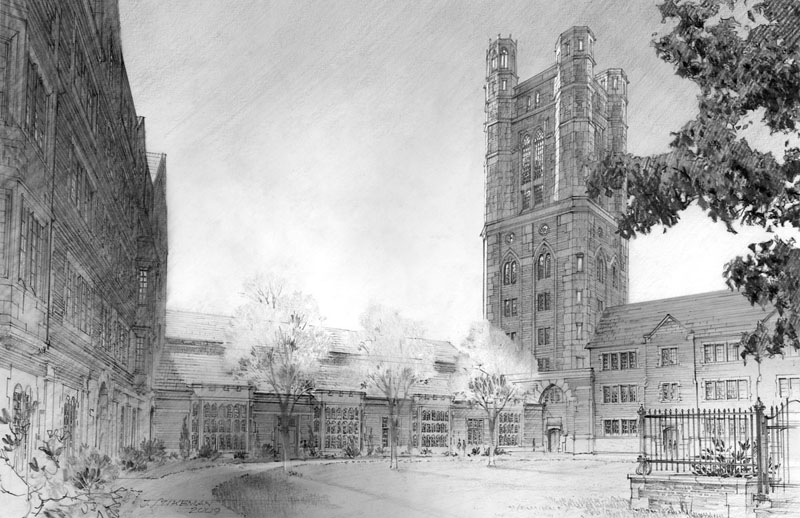Yale in biggest expansion in nearly four decades
Sat Jun 7, 2008 10:04pm EDT
By Jason Szep
BOSTON (Reuters) - Yale University unveiled its biggest expansion in nearly four decades on Saturday, with plans to build two new residential colleges that would raise undergraduate enrollment by 15 percent.
The new colleges at the Ivy League school in New Haven, Connecticut, would open in 2013 and increase enrollment to about 6,000 students, President Richard Levin said in a letter to alumni posted on Yale's Web site.
The last significant increase in the student body came with the admission of women in 1969, he said. Undergraduate enrollment has fluctuated between 5,150 and 5,350 in recent years.
Getting into Yale, the alma mater of U.S. President George W. Bush, has been getting harder due to a surge in applicants. Other prestigious schools, including Yale's arch-rival Harvard, are seeing a similar rise.
Yale now admits fewer than 10 percent of more than 20,000 students who apply to the undergraduate school each year, compared with about 20 percent in 1999, said Levin.
"Admissions officers agree that in each of the past several years we have denied admission to hundreds of applicants who would have been admitted 10 years ago," he said.
"In addition, since the late-1970s, when the undergraduate population ceased to grow, Yale is larger in virtually every dimension: faculty, staff, library and museum resources, and physical presence," he said.
"We are well poised, therefore, to expand."
Yale, backed by a $22.5 billion endowment that makes it one of the world's richest universities, has 12 residential colleges.
The expansion comes amid a building boom at U.S. universities -- from Stanford University on the West Coast to the Ivy League schools of the Northeast.
Reasons for the whirl of construction activity vary, from a surge in enrollment as children of the baby-boom generation enter college to growing competition in China and other Asian regions for the world's top scientists.
Surviving on a high-school diploma is also harder than ever in the United States, pushing more people into university. Some schools in big cities want a larger slice of the lucrative student landlord market, building dormitories to capture more rental income.
Some institutions like University of California, Stanford and Harvard University are upgrading aging infrastructure, in part to head off rising enrollment with 2009 expected to bring 3.2 million high school graduates, the highest number ever.
Backed by rising tuitions and growing endowments, schools are also piling on amenities unheard of 20 or 30 years ago -- from condominium-style residence halls with suites boasting private kitchens, bathrooms and living rooms to recreation centers resembling country clubs.
Yale's expansion will add more faculty, classroom space, a cafe and a theater, Levin said.
He said he was increasing a fundraising campaign goal to $3.5 billion from $3 billion and had already secured $140 million in gifts and pledges to help pay for the expansion.



